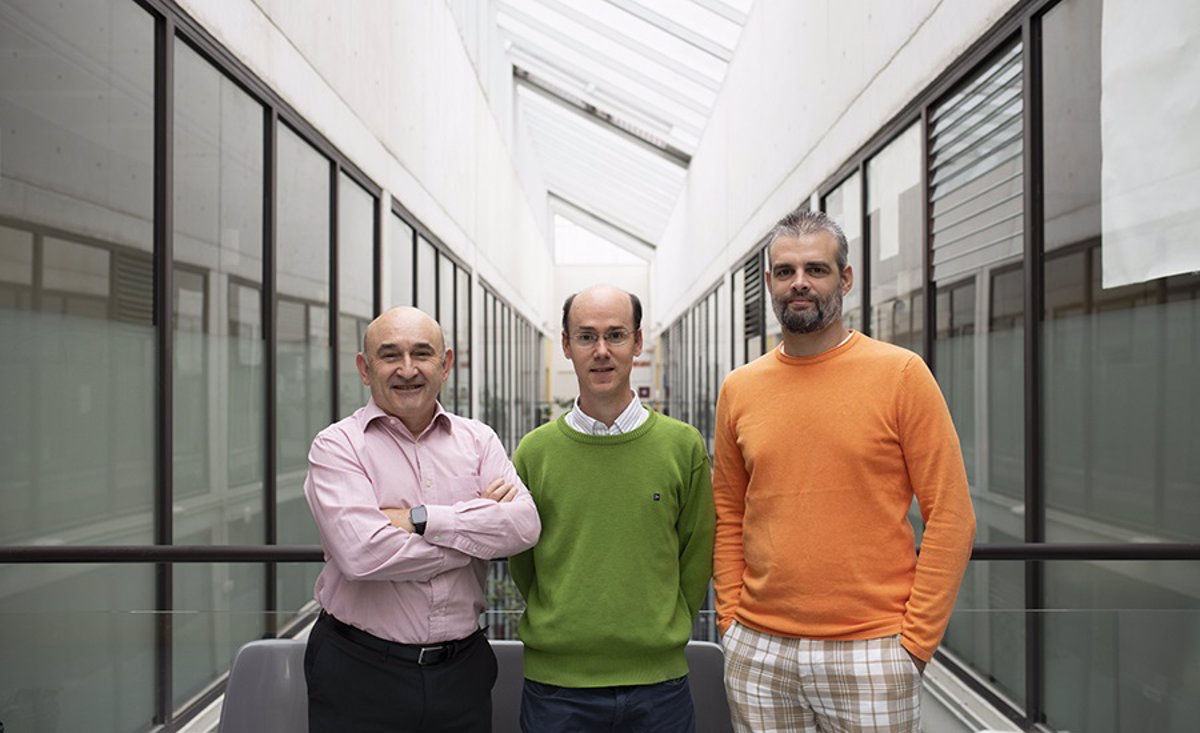UPNA develops advanced device to detect biomolecules at “extremely low” concentrations

The result of an international project in collaboration with three countries: “it can be used for early diagnosis of diseases.”
PAMPLONA, September 29 (EUROPE PRESS) –
Researchers from the Public University of Navarra (UPNA), in collaboration with scientific and technological groups from Italy, Poland and Colombia, have developed an optical biosensor capable of detecting biomolecules such as proteins, DNA or viruses in complex biological fluids such as human serum “with unprecedented precision and sensitivity.
The device, which has been tested by detecting immunoglobulin G (IgG), a type of antibody, in “extremely low” concentrations, could be used for early diagnosis of diseases.
The UPNA researchers involved in this work, published in the scientific journal Advanced Science, are Professors Ignacio del Villar Fernandez and Ignacio R. Matias Maestro, researchers from the Institute for Smart Cities (ISC), as well as PhD student Dayron. Armas Peña.
The rest of the international team consists of specialists from the Nello Carrara Institute of Applied Physics in Italy, the Warsaw University of Technology (Poland) and the National University of Colombia.
The biosensor is based on biophotonics technology, which uses light to detect biomolecules. To create this sensor, an international team of researchers used nanofilms – extremely thin layers of material (a nanometer is one millionth of a millimeter) with special optical properties that are not observed in larger structures.
These nanofilms form what is called a one-dimensional photonic crystal. This crystal is integrated into an optical fiber that is laterally polished so that the light directly interacts with the external environment where the biomolecules are located.
Thus, when one of them approaches or sticks to the polished surface of an optical fiber, it affects the behavior of light in the photonic crystal. These changes in light are detected by a sensor, allowing the presence and quantity of biomolecules to be identified.
“KEY TO SUCCESS”: HIGH SENSITIVITY AND ACCURACY
One of the “key innovations” of this biosensor is the selection of nanomaterials with high refractive index contrast (a measure of how light bends as it passes through a material) and low light loss.
This means the sensor can detect even very small amounts of biomolecules “with exceptional precision, which is critical for medical applications.”
By balancing high sensitivity with a technical parameter known as bandwidth at half maximum (FWHM), the device “can clearly identify biomolecules without confusing them with other substances.”
This combination “significantly improves” the so-called score of merit (FoM), a measure of the device’s overall performance.
DETECTION OF DISEASES IN THE FIRST STAGES
Specifically, the performance of the biosensor was assessed by detecting immunoglobulin G (IgG) antibody in human serum samples. The minimum concentration of a substance that a sensor can detect is called the limit of detection (LoD).
And the sensor developed by this international team with input from UPNA achieved a record LoD of 70 attomolar (aM), “an extremely low concentration that is equivalent to detecting one molecule among millions of others, or the presence of a single molecule in an ocean of a million billion liters of water.”
This level of sensitivity is “important for the early diagnosis of diseases” because “it allows the detection of biomarkers in minimal quantities when diseases are just beginning to develop.”